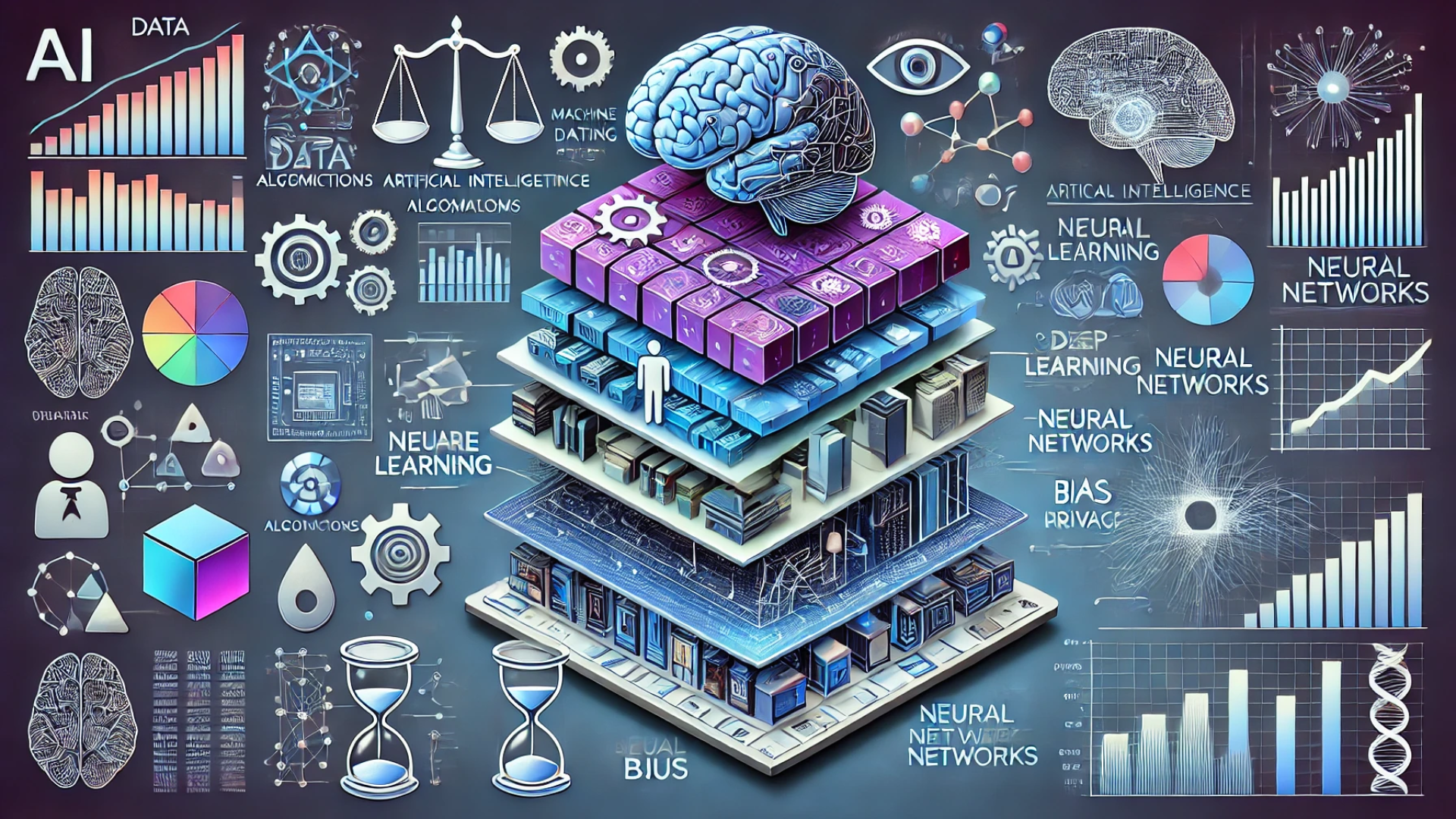
What is Hacking?
Hacking is a process in which one gains unsanctioned access to data in either a system or computer. There is an awful sound to it, but hacking is not essentially malignant. In fact, basically, hacking involves a really full understanding of systems a lot more than normal users can have, to the point that they can be manipulated for good, bad, or neutral reasons.
Types of Hackers
- White Hat Hackers: Ethical hackers who help an organization boost its security system by finding the loopholes that might be exploited before malicious hackers do.
- Black Hat Hackers: These are the “bad guys” in the hacking world. They exploit the vulnerabilities to steal information, extort money, or otherwise commit harms for their selfish gain.
- Grey Hat Hackers: Grey hat hackers are the ones who work between both the white and the black hats. He finds out the preys’ vulnerabilities and sometimes demands payment to fix them.
- Hacktivists: Hacktivists are hackers who launch cyber-attacks for political reasons or to bring about social change. They often target organizations and governments against which they have a vendetta.
- Script Kiddies: Not hackers in the fullest sense of the word, script kiddies use pre-written programs or scripts to gain unauthorized access to systems. They do not possess deep-seated knowledge but can cause quite heavy damage nonetheless.
Infamous Hacks in History
In an attempt to understand hacking much better, let’s look into some of the most infamous hacks in the history of this world. These examples themselves show various motivations and methods that hackers use.
1. The Sony Pictures Hack (2014)
In the year 2014, Sony Pictures Entertainment was hit by one of the worst hacks that had ever occurred in corporate history. The group behind the attack identified themselves as “Guardians of Peace” and leaked confidential data, including unreleased films, personal emails, and sensitive employee information. It was supposedly done in reaction to the release of the film The Interview, and it indeed proved that even large corporations could fall prey to such attacks.
Method employed: Spear-phishing emails were used by the hackers to get inside Sony’s internal systems. They then deployed a wiper malware that deleted the data in a manner through which it seemed almost impossible to recover.
2. **The Yahoo Data Breach (2013-2014)
The infamous Yahoo data breach is not only one of the biggest in history but also took almost three years to disclose. More than three billion accounts had been compromised for years, exfiltrating information including names, email addresses, phone numbers, and security questions.
Technique Used: The hackers forged cookies that tricked Yahoo’s servers into believing they were legitimate users, allowing access to user data without a password.
The Stuxnet Worm (2010)
Unlike most hacks that aimed to steal data or money, Stuxnet was built to cause physical damage. This sophisticated worm attacked Iran’s nuclear facilities, specifically their centrifuges used for enriching uranium. Stuxnet was a wake-up call for cybersecurity experts around the world, showing them how digital attacks could cause real-world damage.
Technique Used: Stuxnet spread through USB drives and used several zero-day vulnerabilities to attack the systems. It tampered with the industrial control systems to make the centrifuges spin excessively out of control, but it made normal operation indications return to the monitoring systems.
4. The Equifax Data Breach (2017)
In large part, by year’s end, Equifax—one of the largest credit reporting agencies in the nation—had announced a breach that had exposed the personal information of 147 million subjects, including Social Security numbers, birth dates, and addresses. The attack was an alarming reminder that not even some of the most sensitive information is safe from the digital robbers.
Technique Used: The hackers took advantage of a widely-known vulnerability in Apache Struts, a commonly used web application framework. Even though the vulnerability was publicly disclosed and the patch was available, Equifax did not manage to update their systems on time.
5. The Ashley Madison Hack (2015)
The Ashley Madison hack exposed the sensitive data of the dating website that promoted extramarital affairs. The hackers, who use the alias “The Impact Team,” exposed data for more than 30 million users, including names, email addresses, and credit card details. It led to plenty of public embarrassment and several lawsuits.
Technique Used: The hackers exploited a vulnerability in the security systems of the website and gained access to databases that stored user information.
How Hackers Operate
Understanding their operational methodologies always helps in providing better security both personally and for the organizations that one works for. We can now look at some hacking methodologies below:
1. Phishing and Spear-Phishing
Phishing is an attempt to send emails or messages that arise from legitimate sources requesting individuals to reveal sensitive information. On the other hand, spear phishing is a more targeted form of the same, often directed at certain individuals or specific organizations.
2. Malware
Malware, malicious software, includes viruses, worms, trojans, ransomware, and spyware. The consequences could be that hackers use malware to gain access to unauthorized systems, steal data, or cause damage. One of the most notorious attacks included the ransomware attack known as WannaCry, in 2017, which affected several thousand systems throughout the world.
3. SQL Injection
This is a process where malicious SQL codes get injected into the input field on a website. This is undertaken to trick the server into running unwanted commands. This might as well give way to hackers who may access and manipulate the site’s database in ways that breach data.
4. Man-in-the-Middle Attacks
These are attacks that happen between two parties without them getting to know. This mostly occurs on the open network, and there is a hacker who will take advantage to steal data or even inject malware.
5. Denial of Service (DoS) and Distributed Denial of Service (DDoS)
These attacks work in such a way that, by flooding the site with traffic, a website or service is made temporarily unavailable. This type of attack is done not by a single source but by many compromised systems attacking a target all at once, hence making it difficult to defend.
Ethical Hacking: The Good Side of Hacking
Not all forms of hacking are malevolent, though. Ethical hacking, or the penetration testing—it’s an emerging profession for experts using hacking techniques for vulnerability identification and resolution—helps organizations.
Why Ethical Hacking is Important?
- Pro-active Defense: Organizations can identify and patch security weaknesses before they fall into the hands of malicious hackers.
- Compliance: Most of the industrial sectors come up with their strict rules and regulations for security of data. Ethical hacking can help companies meet these requirements.
- Education and Awareness: Most ethical hackers often reveal valuable insights regarding how hackers usually think, thereby training and educating employees with the best practices for cybersecurity.
Protecting Yourself from Hacks
While it’s impossible to guarantee complete security, there are things you can do to help prevent becoming a hacking victim. These actions include:
- Use strong and unique passwords. This means not using the same password at multiple sites. You may find it helpful to utilize a password manager so you don’t have to keep up with all of them yourself.
- Use Two-Factor Authentication or 2FA: 2FA is the best means of security since a second form of verification is necessary.
- Be Cautious about Phishing Fraud: One should always check the sender’s identity in the case of emails and messages and should not click on suspicious links.
- Keep Your Software and Systems Up to Date: Frequent updating of software and systems contributes to protection against known vulnerabilities.
- Use Antivirus and Anti-Malware Programs: These can detect and remove malicious software before it causes damages.
Wrapping It Up
For sure, the hacking world is very stratified: from malicious attacks to ethical efforts to help better security. Learning about the different types of hackers, along with techniques that each particular type utilizes, will go at some lengths toward helping us understand this idea of cybersecurity and how important it is in our digital lives. Learning from infamous hacks or leveraging ethical hacking for good, knowledge is the best defense we have in an increasingly connected world.

